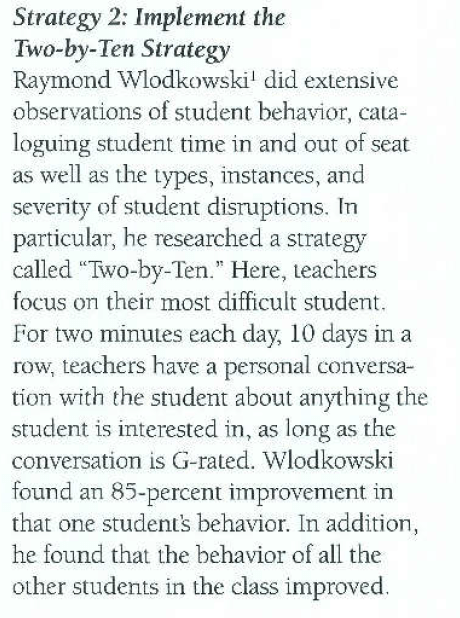The recommended changes move beyond single points of recognition and celebration of diversity to a depth of understanding through vicariously experiencing different cultures (Yull et all, 2014).
Sometimes it is still nuts to me that we have to actively search and change curriculum to reflect more than just eurocentric themes and concepts. But then I think about the fact that this is a system that has been erasing anything other than eurocentric knowledge for centuries. I am grateful for this participatory study and for curriculums across the nation that are pushing to add more than just ‘diverse representation’ in the classroom. In addition we must also be honest and transparent with our students about that push. We must speak it out loud and acknowledge why. It is powerful to acknowledge that we are trying something new, that we want to offer more than we were offered as students, and then explain why. Why is it important that we include multiple perspectives in the classroom? Representation and visibility is not enough, we must contextualize all of the stigma that comes with these representations and ask why they are there. Discuss why it is so difficult to talk about race, sexuality and gender, and acknowledge our privilege to our students. This does not weaken our position of ‘authority’ – it strengthens it, by letting our students know we may have blind spots and we may need to ask for their help. We, teacher and student, can keep pushing toward a more equitable system of education.
